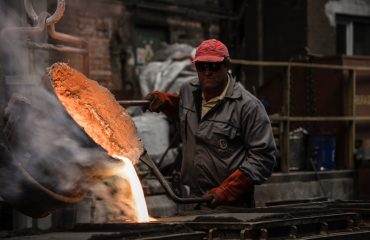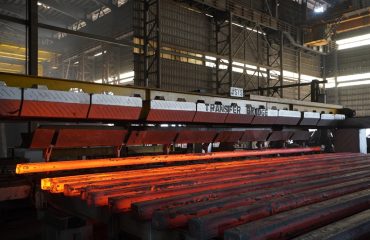Understanding the Geometry and Properties of Equal Angle Bars
Equal angle bars, often simply called “angles,” are structural shapes characterized by two legs of equal length meeting at a right angle. This simple yet robust design makes them incredibly versatile in a multitude of applications. They are typically manufactured from various materials, most commonly mild steel, but also stainless steel, aluminum, and other alloys. The properties of the angle bar are directly influenced by the material used. For instance, mild steel angles offer excellent strength-to-weight ratios, making them ideal for load-bearing applications. Stainless steel angles provide superior corrosion resistance, suitable for outdoor or marine environments. Aluminum angles are lightweight and offer good corrosion resistance, making them a popular choice in aerospace and automotive industries. The dimensions of equal angle bars are standardized, typically specified by the length of their legs and the thickness of the material. For example, a 2″ x 2″ x 1/4″ angle refers to an angle with 2-inch legs and a thickness of 1/4 inch.
Diverse Applications of Equal Angle Bars Across Industries
The versatility of equal angle bars is reflected in their widespread use across numerous industries. In construction, they serve as crucial components in frameworks, bracing systems, and support structures for buildings, bridges, and other infrastructure projects. Their ability to withstand significant stress makes them ideal for reinforcing structures and ensuring stability. In the manufacturing sector, equal angle bars find applications in machine frames, tooling, and jigs. Their precise geometry and strength allow for the creation of robust and accurate fixtures. The automotive industry utilizes them in chassis construction and other structural components, leveraging their lightweight yet strong properties. Furthermore, equal angle bars are commonly used in the fabrication of gates, fences, and railings, offering both strength and aesthetic appeal. They are also employed in the creation of various metal furniture pieces, showcasing their adaptability to both functional and decorative purposes. Even in less obvious applications like shelving units and custom brackets, the equal angle bar proves its value.
Manufacturing Processes and Quality Control of Equal Angle Bars
The production of equal angle bars typically involves hot rolling or cold forming processes. Hot rolling involves passing heated steel billets through a series of rollers to shape them into the desired angle profile. This method is commonly used for larger and heavier angles. Cold forming, on the other hand, involves shaping the steel at room temperature, often resulting in higher precision and improved surface finish. This method is preferred for smaller and more precise angles. Regardless of the manufacturing process, rigorous quality control measures are implemented to ensure the angles meet specified dimensions, tolerances, and material properties. These measures often include visual inspection, dimensional checks, and material testing to verify strength, hardness, and chemical composition. Certification and compliance with relevant industry standards are crucial aspects of ensuring the quality and reliability of equal angle bars.
Advantages of Using Equal Angle Bars in Structural Design
Choosing equal angle bars offers several significant advantages in structural design. Their inherent strength-to-weight ratio is a key benefit, allowing for robust structures without excessive weight. This is particularly important in applications where weight reduction is crucial, such as in aerospace or automotive design. The ease of fabrication and welding is another significant advantage. Their simple geometry facilitates easy cutting, drilling, and welding, reducing fabrication time and costs. This streamlined fabrication process contributes to faster project completion and lower overall expenses. Furthermore, equal angle bars are readily available in various sizes and materials, offering design flexibility to meet specific project requirements. Their standardized dimensions simplify design calculations and material selection, making them a practical choice for engineers and designers.
Selecting the Right Equal Angle Bar for Your Project: A Comprehensive Guide
Selecting the appropriate equal angle bar requires careful consideration of several factors. The primary factors are the required strength, the anticipated load, and the environmental conditions. The material selection depends heavily on these factors. Mild steel is a cost-effective option for many applications, while stainless steel is preferred for corrosive environments. Aluminum offers a lightweight alternative where weight is a major concern. The leg length and thickness of the angle bar are determined by the load-bearing requirements. Larger legs and thicker material provide greater strength and stiffness. Furthermore, the finish of the angle bar may be a consideration. Some applications may require a specific surface treatment, such as galvanizing or powder coating, to enhance corrosion resistance or aesthetics. Consulting relevant engineering standards and specifications is vital to ensure the chosen angle bar meets all safety and performance requirements. Accurate calculations and detailed design considerations are crucial for selecting the optimal angle bar for any specific application.
Choosing the right equal angle bar is crucial for the success of any project. By carefully considering the factors outlined above, you can ensure that your chosen angle bar meets the required strength, durability, and aesthetic requirements.




